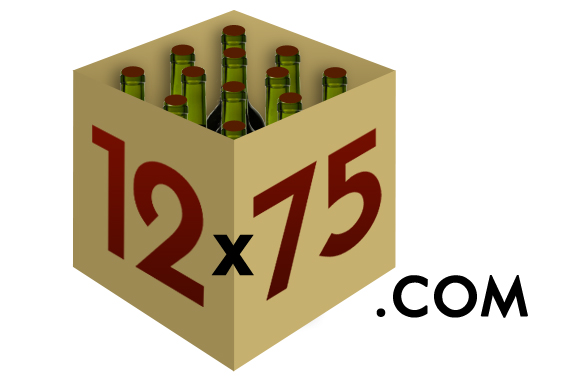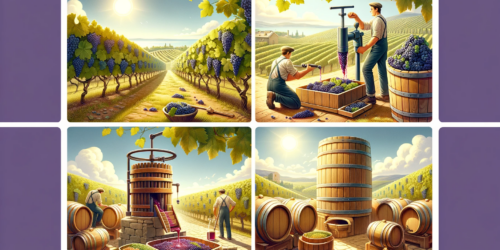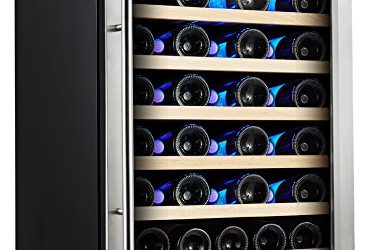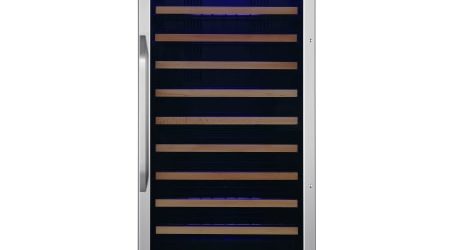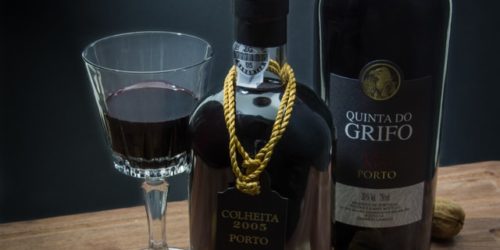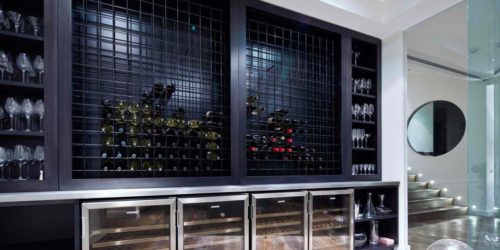Strange times for Chateau Lafite
Strange times for Chateau Lafite
Statistics seem to show that a sharp decline in the price of Lafite has influenced the small dip in the market. China’s favourite first growth now costs less than in December 2010, leading us to ask whether the Far East has finally grown tired of its obsession with Lafite.
Ever since it became apparent that the Chinese could not get enough of it, Lafite’s marketing team have continued to seduce the market, and others have followed suit. It was announced that Lafite’s 2008 vintage would be imprinted with the Chinese character for the number 8. Shortly after, the Chinese artist Xu Lei was commissioned to design Mouton-Rothschild’s 2008 label. And Chateau Margaux’s MD sent his son to work as a brand ambassador for Greater China for 2 years. But some would say it is not competition from these other Chateaux that has led to Lafite’s undoing, but something more sinister.
A recent news investigation showed that there is a substantial trade in empty Lafite bottles in Beijing – and they are being sold not as collectibles but as part of the growing counterfeit industry. An empty bottle of 1982 Lafite with no splashes or smears on the label is rumoured to fetch $1,500 – perhaps less surprising when you consider that the genuine full bottle probably fetched around $6,000. Consequently, a lot of high profile tastings among professionals in China often end with the ritual of smashing the bottles.
Counterfeit wine is big business – it is not really known just how big, but it is estimated that counterfeits are believed to occupy around 5% of the market in China. These vary from the ridiculous to the subtle – at the lower end of the scale, a poor imitation in an imperfect bottle. At the sophisticated end of the spectrum, putting a cheaper, yet high quality wine in the bottle so that consumers are unlikely to notice the difference.
So has Lafite’s bubble finally burst? Jancis Robinson MW says, definitely not. In a recent Financial Times article she explained “…unless someone discovers that [Lafite] has poison in it, I can’t see how anything will put a brake on its success.” Counterfeiting is unfortunate but it reveals to us that Lafite is still very much in demand. If anything, it has become a victim of its own success – very successful branding and endearing itself to the Chinese has ensured it has been the market leader, but it has also paved the way for other wines to be discovered. There is a feeling of ‘been there, done that’ surrounding Lafite. Perhaps it will still be the first choice for wealthy businessmen but for now they are asking, what else have you got?
There are various factors at work – because of the surge of interest in Lafite, the best vintages are now scarce and fetching the highest prices at auction. The less prolific vintages have suffered as a result, skewing prices for the Chateau as a whole. But fundamentally, as a pathfinder in a new market, Lafite now faces the challenge that China’s consumers are moving onto the next wine, the next taste experience, and even dabbling in other markets like Burgundy. Perhaps it is time for a new market leader, but you can guarantee that Lafite’s team will continue to compete for the top spot with every new vintage.
